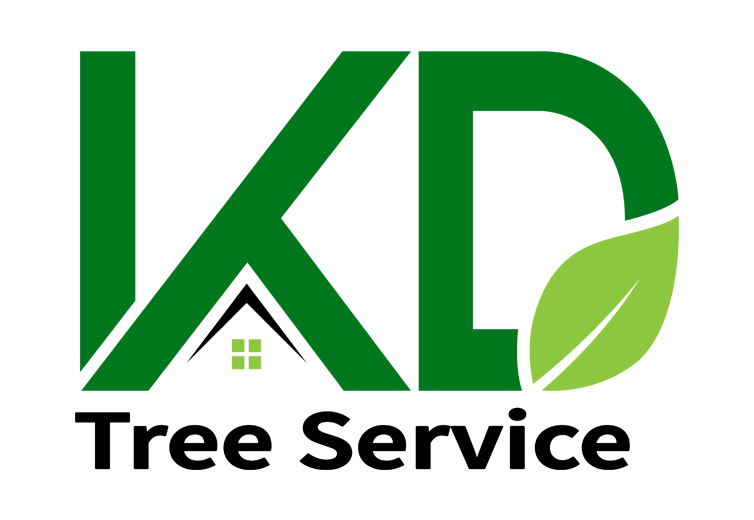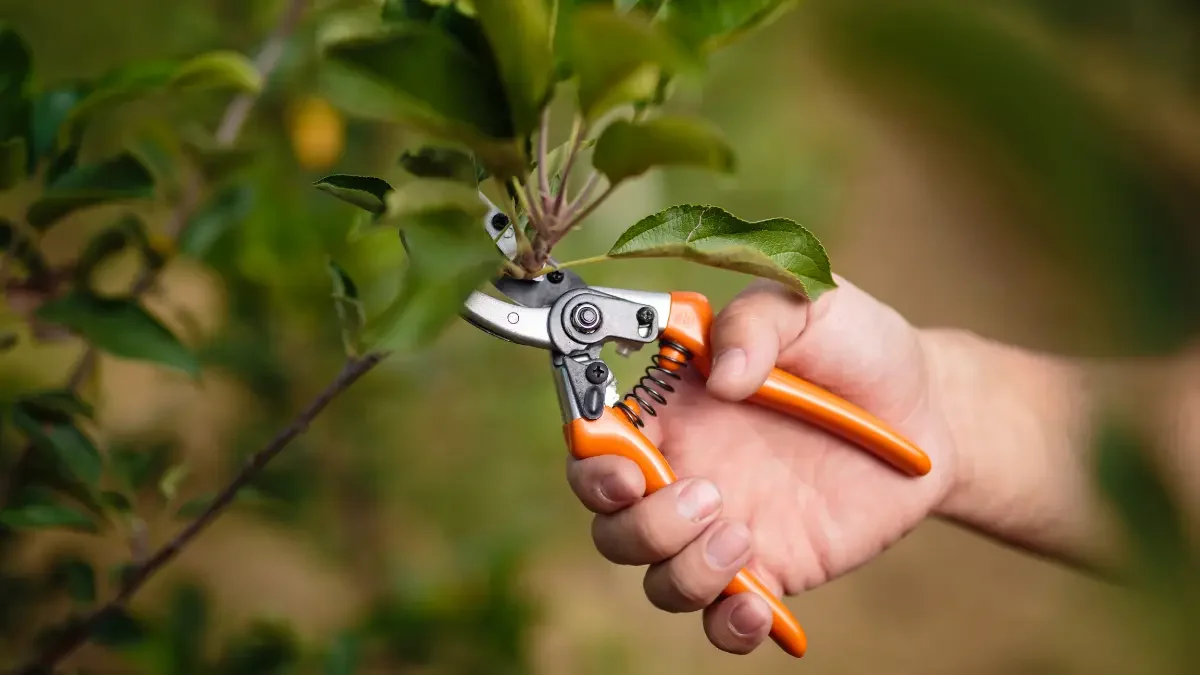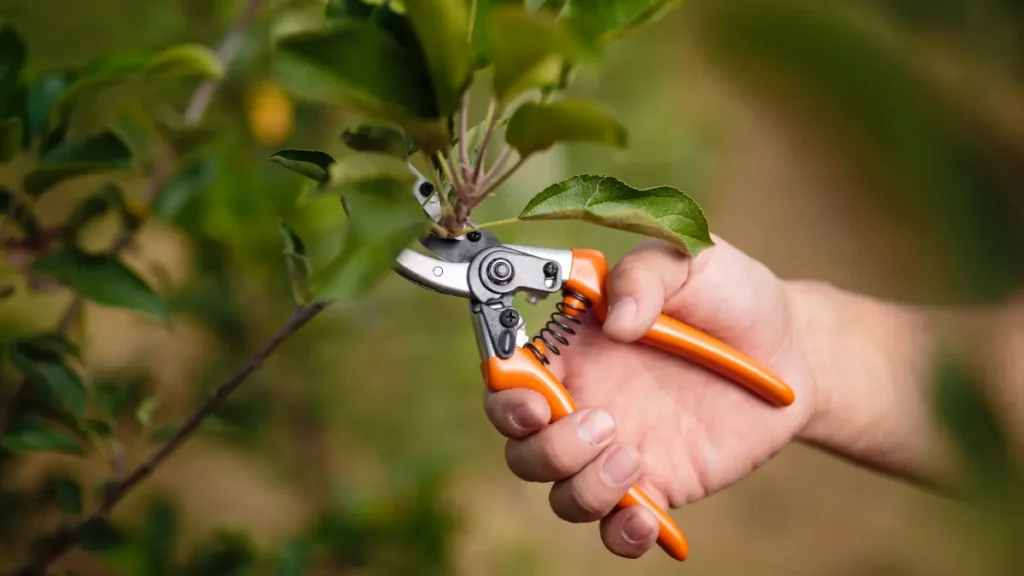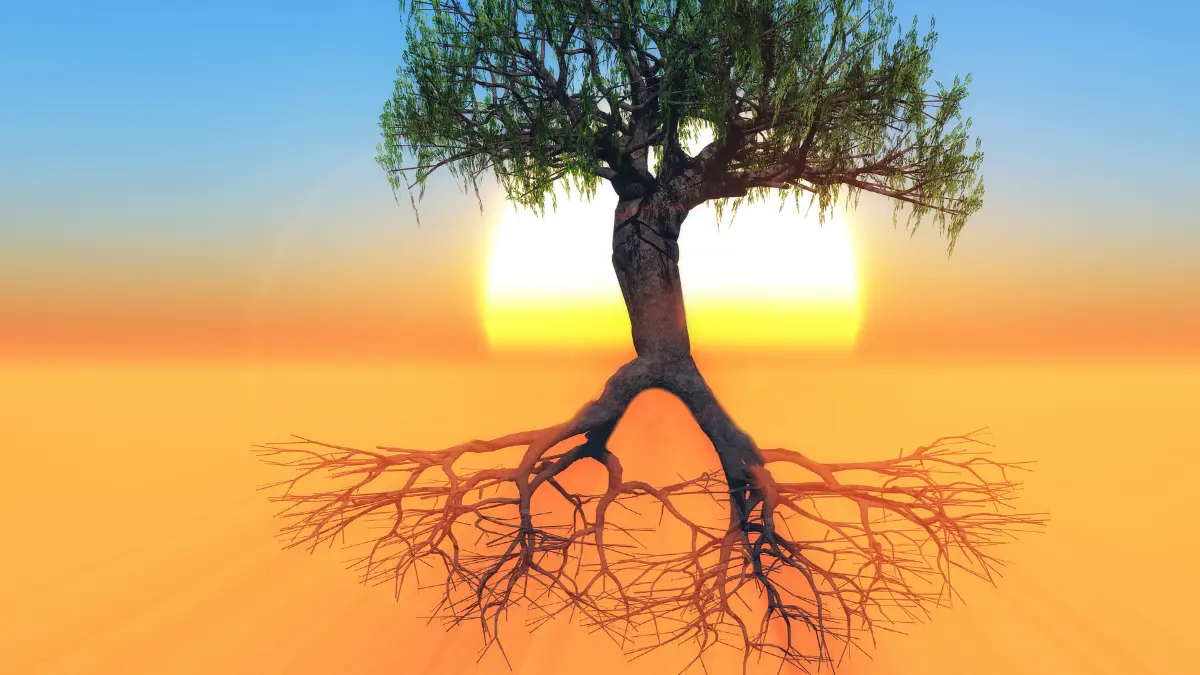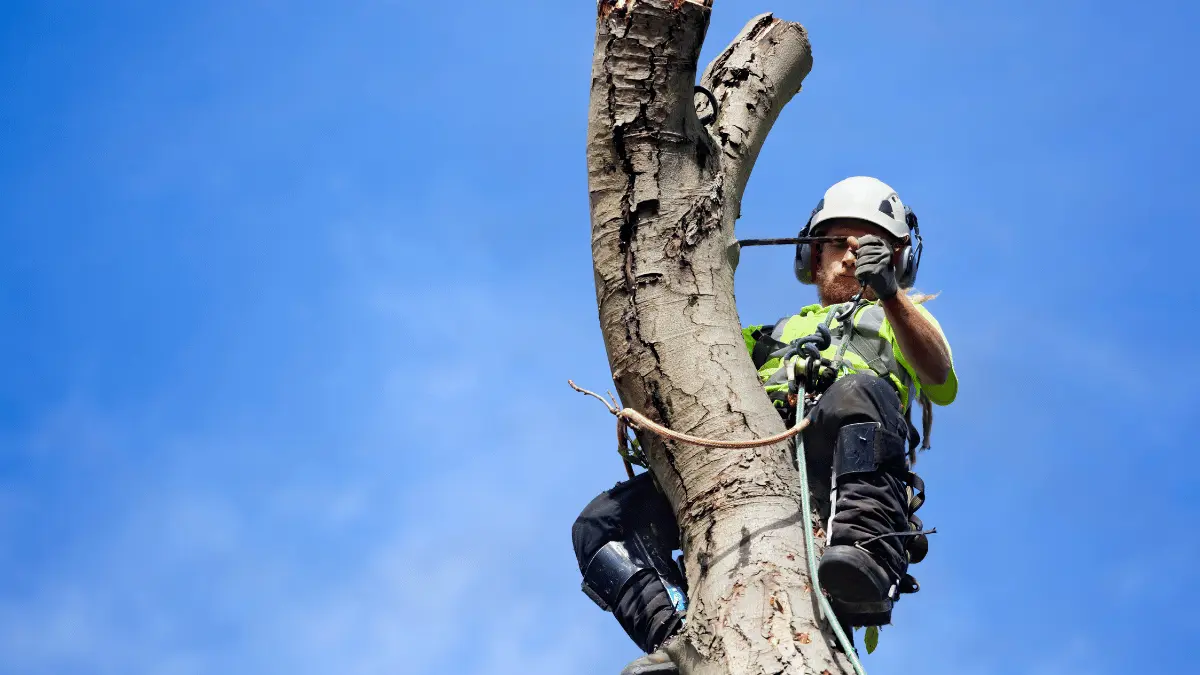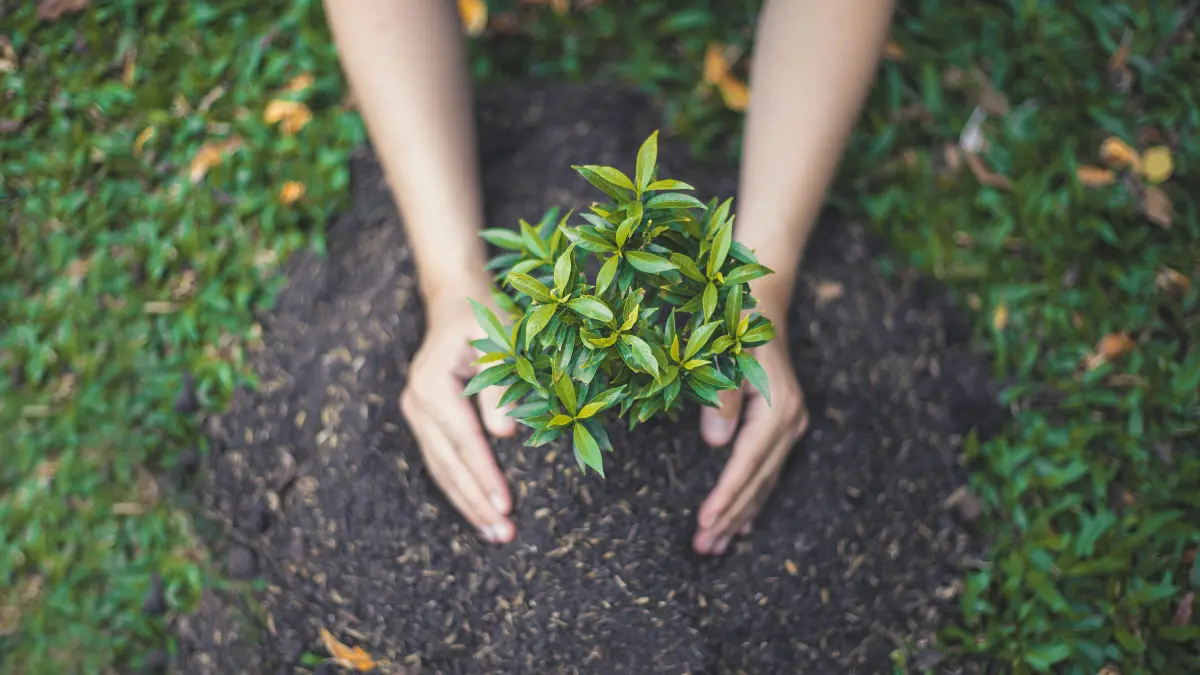Knowing the right pruning methods and, more importantly, why you’re pruning a tree or shrub will help you avoid mistakes.
Pruning trees and shrubs is done for a number of reasons, including making the plant smaller, opening up the canopy, clearing obstacles, improving the plant’s shape, and getting rid of dead or damaged growth. No matter what the reason is for pruning, it must be done properly to keep the tree or shrub healthy and strong. So this blog will focus on tree pruning Fairview!
Tree trimming Fairview
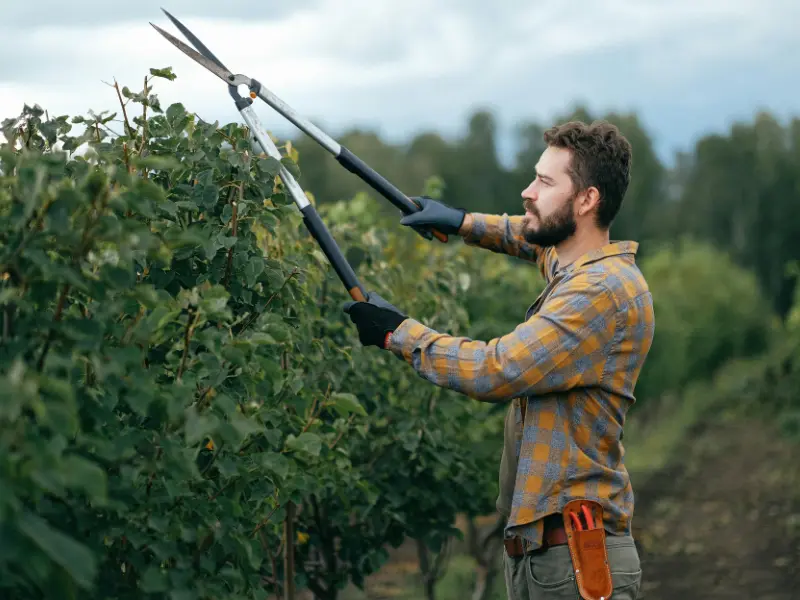
First, make sure you are pruning during the right time of year!
Best time to prune trees in Fairview PA - Winter
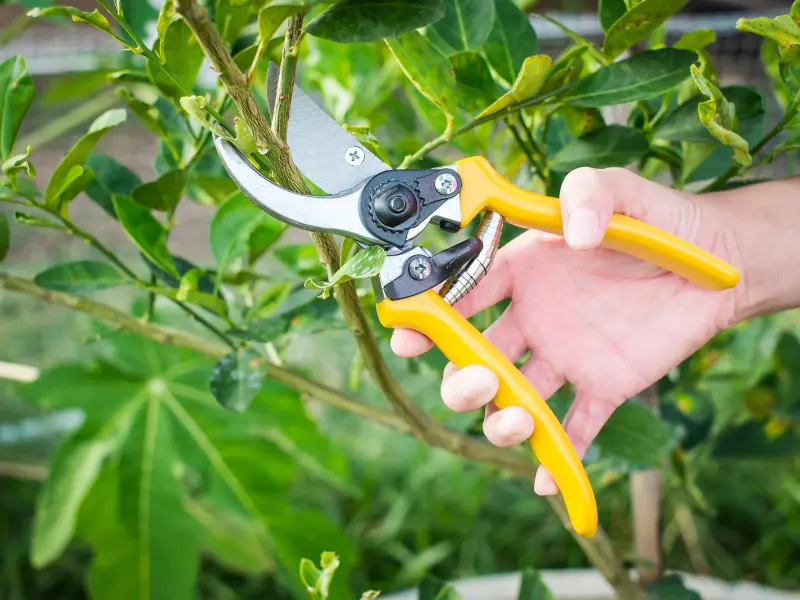
When it comes to seasonal pruning Fairview, winter has several advantages. In northeast Ohio, winter is a great time to prune most trees and shrubs because it is the dormant season for plants and trees. It is not only less stressful for the plant, but it is also less prone to spreading harmful infections and makes it easier to view the branch structure. However, yes, trees also heal more quickly when pruned before spring bud break.
Avoid pruning in fall
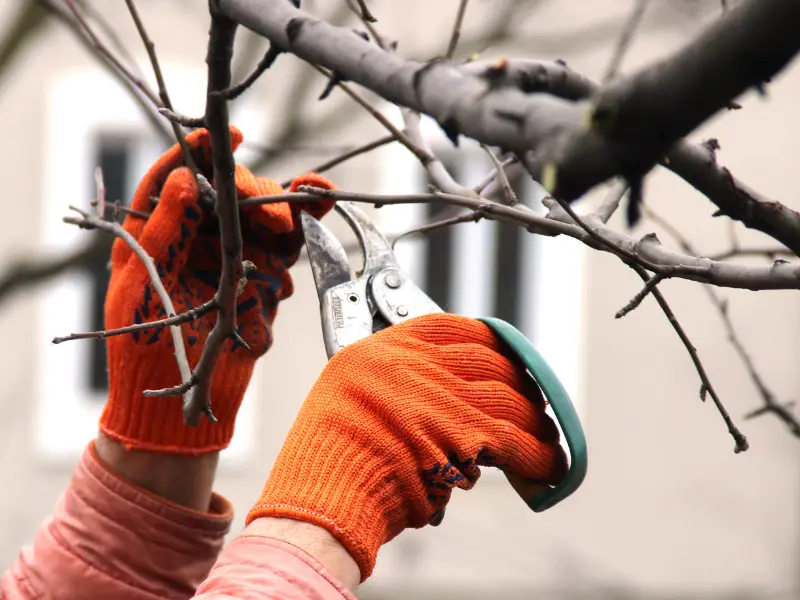
Pruning cuts can stimulate new growth, which, unfortunately, will die as temperatures drop below freezing. As the growing season comes to an end, trees and shrubs produce less energy, so new growth in the autumn will use the plant’s stored energy reserves. So, dieback as a result of a freeze indicates that the energy used for growth was wasted.
Avoid cutting off flower and leaf buds.

Fall trimming may remove the leaves and blossom buds that a tree has already formed during summer growth. During the winter, these buds remain dormant, and the following spring, they bloom. If you remove these dormant buds, you risk losing spring blooms, and the plant must use more energy to grow replacement buds for foliage. Yes, pruning spring-flowering trees and shrubs in late winter or early spring will result in a similar deficiency of blossoms.
Don’t prune when trees are vulnerable to pests and disease
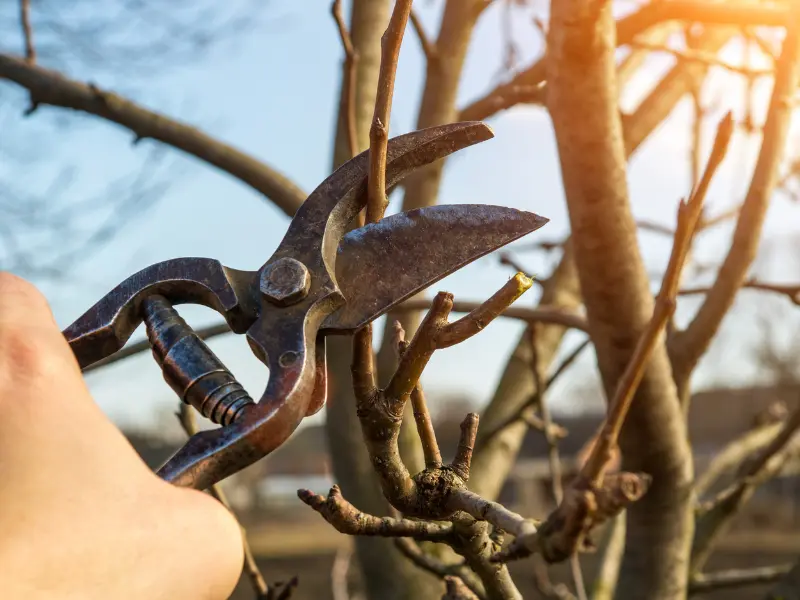
Pruning is not recommended when trees are vulnerable to pests and diseases. Most significantly, if you perform pruning cuts at inappropriate times, even if they are good cuts that avoid the most common faults outlined earlier, you risk exposing your plants and trees to disease pathogens that are airborne or transmitted by insects.
In northeast Ohio, for example, oak wilt and Dutch elm disease are spread by beetles attracted to open wounds on trees. To minimize the development of these deadly tree diseases, avoid pruning during the warmer months when the beetles are most active.
Why pruning improves tree health in Fairview
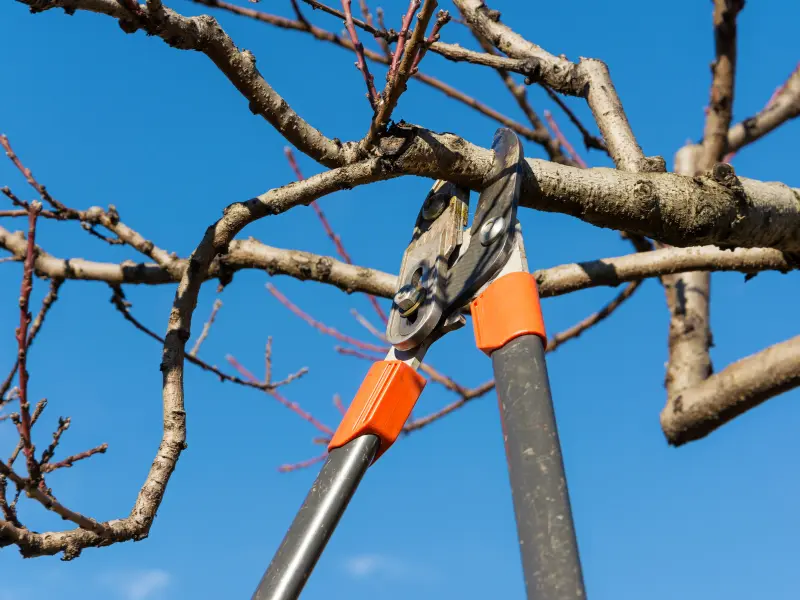
Tree pruning is essential for tree health and safety for a variety of reasons:
Pruning helps trees maintain their normal structure by eliminating dead, diseased, or weak branches. This reduces the chance of branch failure or tree collapse, particularly during storms or other extreme weather conditions. Proper pruning produces a balanced and stable tree structure, which is essential for trees’ long-term health and safety.
Tree Health
By promoting improved air circulation, sunlight penetration, and nutrient distribution throughout the canopy, pruning can enhance a tree’s general health. This can assist in reducing the danger of fungal infections, insect infestations, and other diseases that can spread in crowded or shaded tree canopies. In addition to encouraging new growth, pruning may give life to aging or declining trees, increasing their general health and lifespan.
Hazard Mitigation
Pruning can assist in finding and eliminating dangerous branches or limbs that threaten people or property. Branches that are dead, sick, or broken may become weak and brittle, increasing the risk of them falling and injuring someone. Pruning can also help with structural difficulties like co-dominant stems or branches with weak attachments, which can cause splitting or failure.
Aesthetic Appeal
By enhancing a tree’s overall appearance, shape, and form, pruning can improve its aesthetic appeal. Well-kept trees can add value to landscapes and properties by creating a visually appealing setting. Pruning can also help control tree size, maintain clearances from buildings or other structures, and manage tree development in urban or constrained locations, all of which contribute to the tree’s overall safety and attractiveness.
Tree Pruning Checklist - Different Types of Tree Pruning
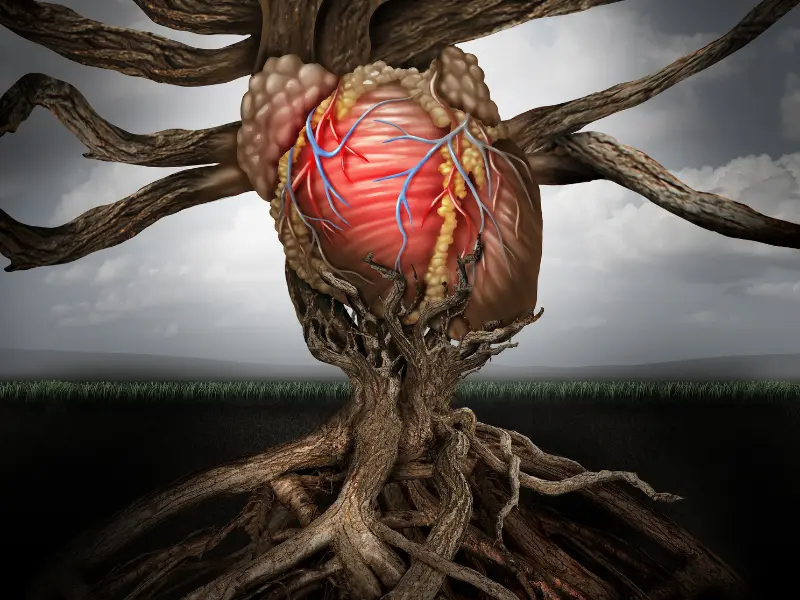
Crown Reduction
Crown reduction is a pruning technique used to decrease a tree’s overall height or spread by carefully cutting off the outer branches or tips of the crown. Usually, this kind of trimming is carried out to reduce a tree’s size, avoid it from affecting on adjacent buildings or utilities, or lessen the possibility of storm damage. To prevent overpruning, which can stress the tree and cause structural problems or decay, crown reduction should be done carefully by a qualified service provider.
Crown Thinning
Crown thinning is a pruning technique that involves carefully removing inner branches or foliage from a tree’s canopy. This kind of pruning lowers the danger of fungal infections, encourages healthy development, and lessens wind resistance by increasing air circulation and sunlight penetration within the tree’s crown. However, crown thinning should be done judiciously to avoid removing too much foliage, which can stress the tree and compromise its health.
Deadwood Removal
Deadwood removal refers to the procedure of removing dead or dying limbs from a tree. Deadwood may pose a safety risk since it might fall off abruptly, causing property damage or injury. Deadwood clearance is also vital for tree health since dead branches may contain pests, illnesses, and decay that can spread to other sections of the tree. Deadwood should be removed promptly and carefully to prevent any damage to the tree or surrounding areas.
Cleaning
Cleaning is the removal of diseased, damaged, or broken branches from a tree. This type of pruning helps to eliminate branches that are competing for resources, prone to decay, or causing structural issues. Cleaning can improve the tree’s overall health and appearance, lower the risk of pests and illnesses, and promote healthy growth.
Structural Pruning
Structural pruning is the process of pruning a tree to repair or improve its general structure, form, and stability. This type of pruning is typically performed on young trees to promote healthy branching, eliminate weak or poorly attached branches, and maintain a balanced and stable tree structure as it grows. A tree’s long-term stability and health depend on structural pruning, which should only be carried out by qualified experts to guarantee correct timing and technique.
Thinning
Thinning is the selective removal of branches from a tree to lessen its overall density. Thinning can encourage healthy growth, lessen wind resistance, and increase sunlight penetration and air circulation. Careful thinning is necessary to prevent overpruning, which can strain the tree and threaten its health.
Tree health solutions

It’s important to note that tree pruning techniques and practices can vary depending on tree species, size, age, location, and specific tree health or structural issues. It is advised that you speak with a certified tree care specialist, like KD Tree Services, to find out what kind of pruning is best for your particular trees and to make sure the procedure is carried out safely and successfully.
Tree pruning Fairview PA
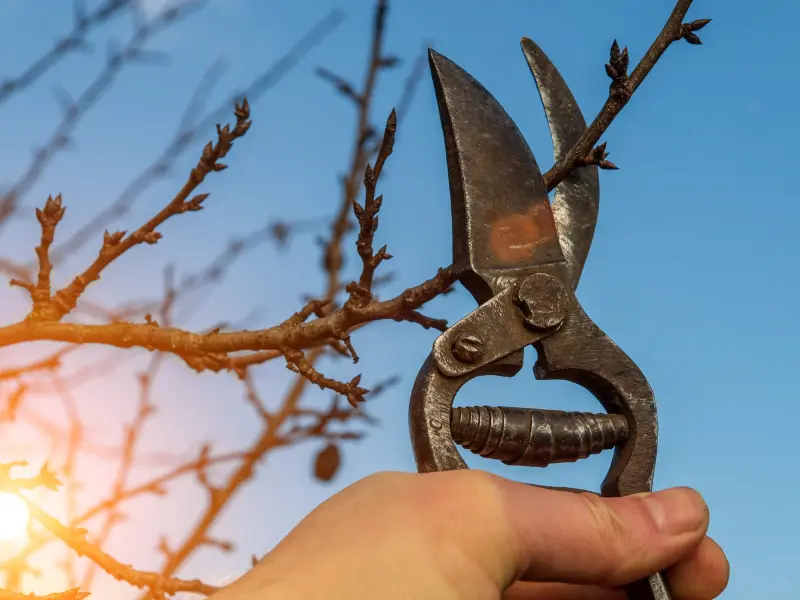
Want to ensure the long-term health of your trees? Proper pruning is essential, especially in Northeast Ohio’s unique climate. At KD Tree Services, we specialize in safe, effective, and affordable tree care tailored to tree pruning services for Fairview homeowners.
Let our experienced, insured professionals take the guesswork out of pruning. We’ll help your trees thrive while protecting your property and enhancing your landscape.
Call us today at (518) 625-TREE or visit kdtreeservices.com to schedule your free consultation.
FAQ
- When is the best time to prune trees in Fairview, PA?
The optimal time to prune trees in Fairview PA, is in late winter or early spring, before new growth starts. Pruning at this time promotes proper wound healing and lowers the danger of disease spread.
- Can I prune my tree, or should I hire a professional arborist?
Although homeowners can perform simple trimming operations, it is advised to employ a professional tree surgeon for more complicated or extensive pruning projects. Professional tree surgeons possess the knowledge, equipment, and experience necessary to guarantee the tree’s safety and health.
- What are the different types of pruning?
Among the various forms of pruning are shaping pruning, which attempts to improve the tree’s visual attractiveness, and maintenance pruning, which is cutting off unhealthy or dead branches. Moreover, thinning pruning is used to increase light and air penetration within the tree’s canopy, while crown reduction pruning is used to decrease the tree’s overall size.

